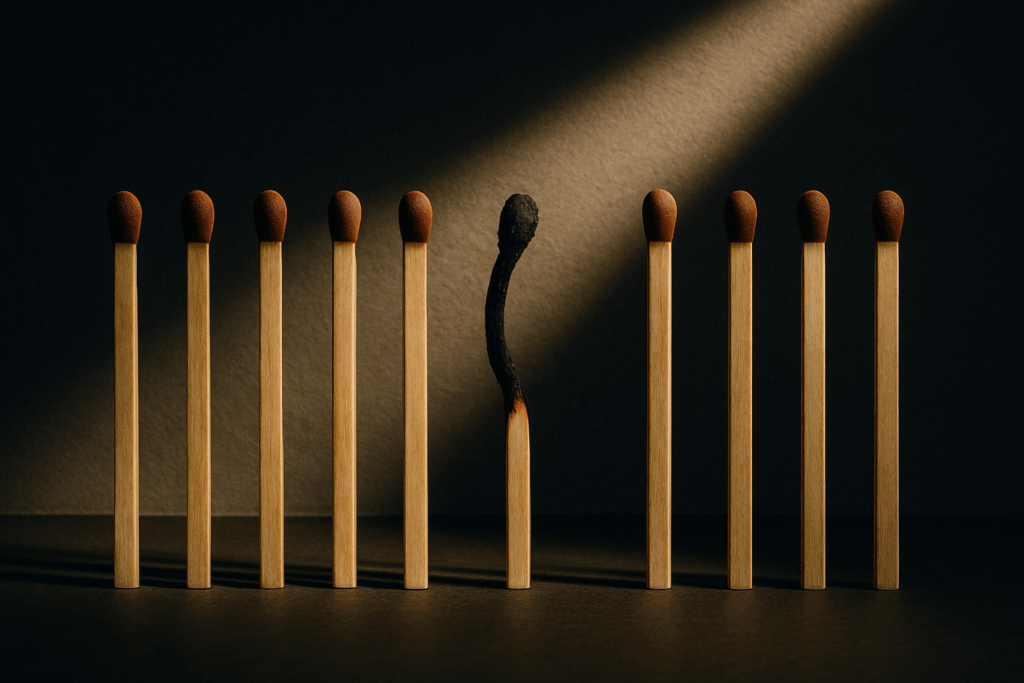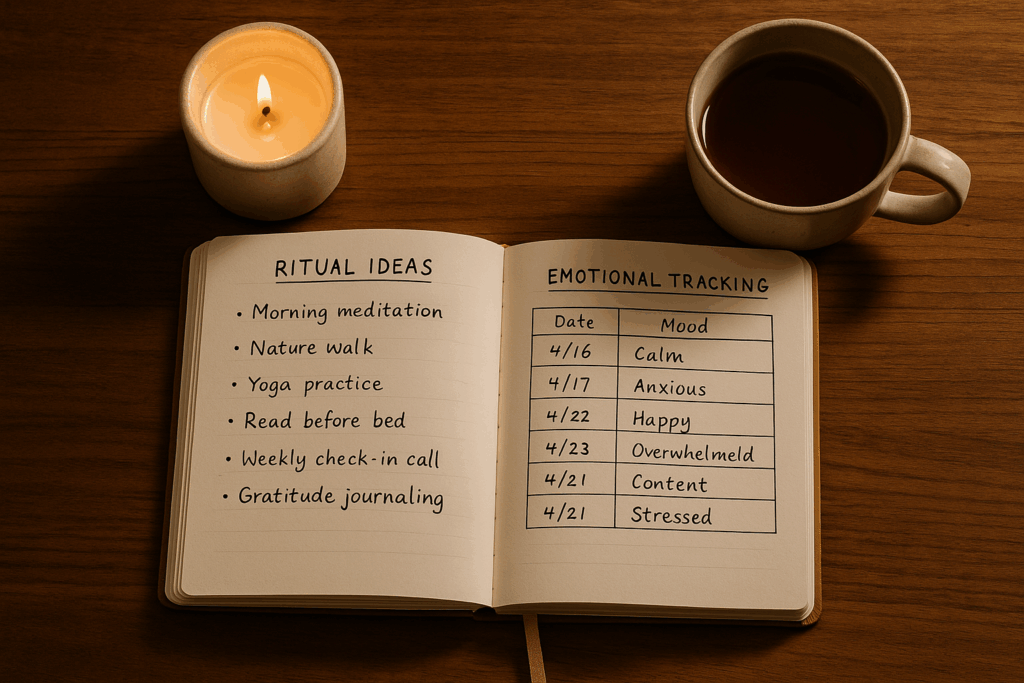
Why Your Burnout Plan Is Making It Worse.
We’re taught to treat burnout like a scheduling issue.
More breaks. Better time blocks. A Sunday reset and a Monday miracle.
But what if your burnout isn’t about your calendar?
What if it’s about your conditioning?
You’ve been trained to function beyond full capacity – even in environments that minimize your voice.
To out-perform mediocrity. To “just be grateful” for the opportunity.
To internalize stress, disassociate from your needs, and call it drive.
And when that finally breaks down, what’s the advice?
“Take a mental health day.”
“Drink more water.”
“Try yoga.”
Not bad advice. But not strategy.
Because burnout isn’t just about being tired.
It’s about being systematically depleted by spaces that were never built with you in mind.

You can’t out-schedule your burnout.
So here’s what you can do instead:
1. Stop Blaming Your Calendar
Most mainstream burnout advice focuses on rearranging your hours.
More breaks. A 4-day workweek. A productivity hack.
But the real drivers of burnout run deeper:
- Cultural conditioning to over-function.
- Internalized scarcity and perfectionism.
- Environments that reward sacrifice and silence.
Your Google Calendar can’t heal a system that asks you to abandon yourself.

2. Understand What’s Really Happening
Burnout isn’t just “being tired.”
It’s your nervous system moving into survival mode—freeze, fight, flight, or numb.
It’s old emotional patterns repeating survival scripts that once protected you.
You can’t “time manage” your way out of a trauma loop.
What you can do is start recognizing the signals:
- The freeze when you sit down to work.
- The spiral when one thing goes wrong.
- The disconnection from what you actually need.

3. Build a New Recovery System
A real burnout recovery plan isn’t about doing less.
It’s about doing differently.
You need rituals that return you to yourself. Not your checklist.
And a strategy that restores – not just regulates – your capacity.

4. Redefine What Recovery Looks Like
Recovery isn’t passive. It’s intentional.
It’s the choice to:
- Reclaim your time.
- Restore your energy.
- Redefine ambition on your own terms.
And it’s work no traditional burnout plan will hand you. Most just aren’t built for the bodies and minds conditioned to over-perform in unsafe spaces.

5. Your Plan Wasn’t Built for You
If your burnout plan hasn’t worked, here’s why:
It wasn’t designed for the reality you live in.
You’re not weak. You’re not lazy.
You’re trying to heal in a system that profits from your depletion.
This recovery work?
It’s not about chasing balance.
It’s about rebuilding on your terms.

Maybe you ended up here because you already see the signs in your own life. I’ve been there too, and that’s why I’m so passionate about designing systems that help others nip burnout in the bud.
That’s why I created The Burnout Survival Guide.
If this post resonates, I hope you’ll explore the full system:
It’s not about doing less.
It’s about doing differently.
It’s a self-paced, strategic recovery system rooted in:
- Nervous system awareness (what’s actually happening when you freeze, spiral, or numb out)
- Emotional patterning (your burnout may be repeating a survival script)
- Purposeful, pleasure-led rituals (the kind that return you to yourself, not your checklist)
Are you ready to reclaim your power? I’m here to help you do so with intention.
Make the choice now to reclaim your time, energy, and ambition without outsourcing your worth to output.
So no, your burnout plan isn’t working.
Not because you’re weak, but because it wasn’t built for you.
This one is.
Sincerely,








